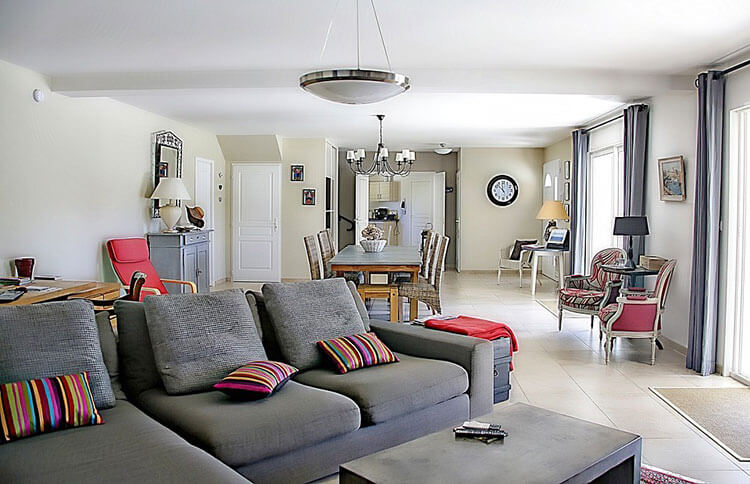Underfloor heating is the epitome of luxury. With warmth radiating beneath your feet, is there a better way to heat your home?
We think not which is why we offer these five tips to help when choosing an underfloor heating kit that offers everything you need.
Tip 1 Choosing the right installation approach
Technology is changing how various components are used in underfloor heating systems, as well as the best methods in installing the system.
A wet or water underfloor heating system works by the hot water circulating in the pipes laid in the sub-floor and heating the floor above. At one time, the only solution would be to sink the pipes into the sub-floor and add a layer of screed or concrete over the top to act as both protective casing and a firm deck onto which you laid your chosen floor covering.
However, concrete and screed takes time to set. There are now other means of encasing the plastic piping in a wet underfloor system, including plywood or gypsum panels that have channels pre-routed, ready to hold the plastic pipe loops. With a thin layer of plywood on top, you can lay carpet, tiles, vinyl, laminate or engineered wood and be toasty warm in next to no time.
Try our overlay underfloor heating systems for easier installation.
Tip 2 Choose the most efficient system
Underfloor heating works best when it is installed in homes with the highest level of insulation possible. Even though it works at a lower temperature than a central heating system, it still delivers the same level of comfort.
The underfloor heating kit installed beneath your feet heats the entire floor area but with radiators, they heat the air. This hot air circulates about the room, falling back when it cools. This also means that dust-laden is also circulated around too which is bad news for allergy sufferers.
Tip 3 Can be used with alternative energy sources
If you installing underfloor heating, you will also be looking at insulation measures to improve your home. You may also be looking at alternative sources of energy and there are many options including solar panels, ground source heat pumps, along with air or water source heat pumps and so on.
Many of these alternative forms of energy that work well with underfloor heating. Heat pumps are at their most efficient at low-water-output temperatures. This means water, air or ground source pumps and underfloor heating make the ideal combination.
In fact, pumps of this kind are more efficient with underfloor heating kits that the modern combi-boiler. But, if you have a modern boiler, you will be pleased to learn that in most cases, wet underfloor heating system can be connected to them – and that the system can be the primary source of heat on its own or, if you prefer, can work alongside your central heating system too.
But, with a well-insulated home, you may find that running both systems makes you home far too hot and stifling.
Tip 4 Wet underfloor systems can be the cheaper-to-run option
There are effectively two types of underfloor heating systems:
- Wet, water or hydroponic underfloor heating system circulates hot water through pipes laid beneath the top layer of flooring
- Electric or dry underfloor heating systems use a series of mats that sit below the floor surface.
Although electric systems are easier and quicker to install, the rub is that they can be more expensive to run unless you generate electricity through solar panels or other non-National Grid means.
The beauty of underfloor heating, no matter which system you opt for, is that the system can be zoned, with the ability to control the heat in separate areas. Perfect for when you are working in the office, but there is no one in the lounge – bump up the temperature in the office, but decrease it elsewhere in your home.
And, because there is no need for radiators, those smaller rooms that were either swamped by a radiator on the wall or, worse still, had no heat source, will benefit enormously from underfloor heating.
Tip 5 Choose a reputable supplier
Some manufacturers guarantee their piping for wet underfloor heating systems for 50 years, and you will also want to ensure you have guarantees and warranties on other component parts of the system.
On the whole, underfloor heating kits offer the best in systems and components. You can choose to install the system yourself – comprehensive instructions are included – or, a specialist underfloor heating installation company will ensure you have the right system, perfect for you and your home.

